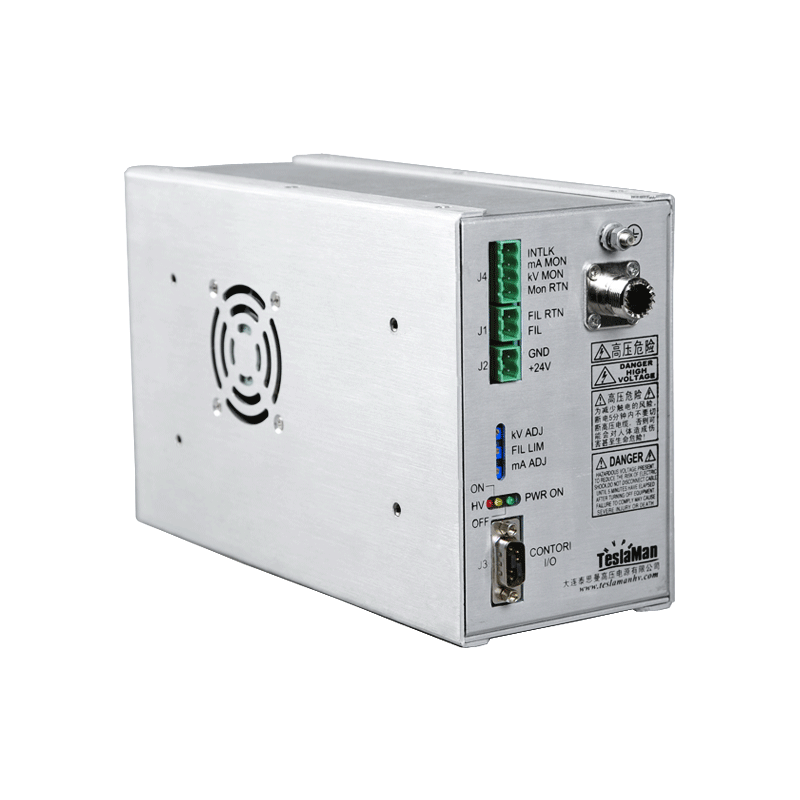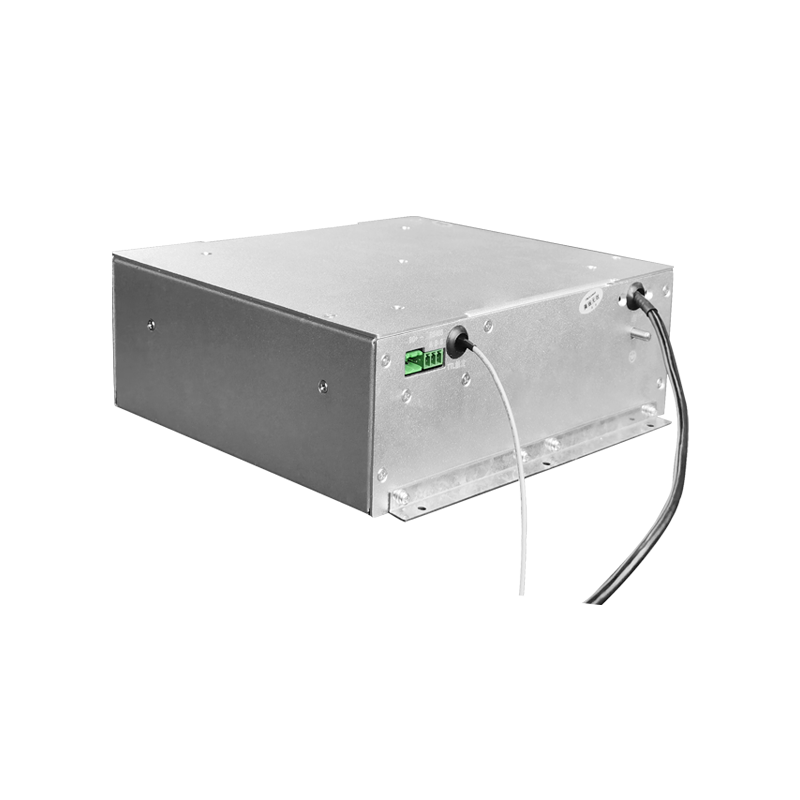High-Voltage Power Supplies Enabling Automation in Wafer Annealing Processes
The wafer annealing process has become increasingly sophisticated as semiconductor devices advance toward smaller geometries, higher integration density, and more complex material stacks. High-voltage power supplies play a critical role in enabling the automation, precision, and repeatability required for advanced annealing workflows. Their influence extends across temperature control, rapid thermal cycling, plasma-assisted treatments, and interface stability within automated wafer handling systems. As annealing equipment transitions from manual or semi-automated operation toward fully autonomous, closed-loop-controlled production units, the stability, responsiveness, and intelligent functions of high-voltage power subsystems become foundational to overall process capability.Wafer annealing involves the controlled heating of semiconductor wafers to influence dopant diffusion, repair crystal damage, activate implanted ions, and stabilize interfacial layers. In many modern systems, especially rapid thermal annealing (RTA), millisecond-level thermal rise times are required. These rapid changes demand a highly responsive high-voltage subsystem that can drive heating elements, lamps, or plasma sources with precise timing and dynamic power delivery. The reliability of voltage output directly governs uniformity across the wafer surface, which in turn affects device performance and yield.One key aspect is the integration of high-voltage supplies with automated process controllers. These supplies must interact with temperature sensors, pyrometers, and infrared feedback loops in real time. Digital-controlled high-voltage regulators allow automated systems to adjust power delivery on millisecond timescales, matching dynamic temperature profiles. Such rapid response ensures that the annealing recipe is executed precisely as intended, with minimal overshoot or thermal lag. This automation removes human variability, enabling consistent results across hundreds or thousands of wafers.Plasma-assisted annealing is another area where high-voltage systems enable process automation. Plasma-based heating and surface treatment require stable, low-noise high-voltage generation. Fluctuations in voltage can destabilize plasma density, leading to non-uniform treatment effects. Automated annealing systems rely on the high-voltage subsystem’s ability to maintain constant output despite shift in plasma impedance or chamber conditions. Intelligent regulation circuits continuously monitor plasma behavior and adjust voltage and current accordingly, ensuring the automated process remains stable throughout each phase.Automation also depends on precise waveform shaping. Some annealing processes require pulsed high-voltage delivery to activate specific materials without overheating surrounding structures. Programmable high-voltage pulse generators allow automated annealing equipment to execute complex waveform sequences with high repeatability. These sequences can be modified through recipe parameters, enabling adaptive process optimization without manual hardware adjustment.Another critical area is insulation reliability and safety in automated environments. Since automated wafer annealing systems often operate with minimal human supervision, high-voltage insulation systems must be exceptionally robust. High-quality dielectric materials, controlled electric field distribution, and reinforced insulation barriers reduce the risk of breakdown during long production cycles. Partial discharge monitoring integrated into high-voltage modules allows the automated control system to detect early signs of insulation degradation, triggering predictive maintenance rather than unexpected shutdown.High-voltage power supplies also assist in automating wafer handling, especially in systems that rely on electrostatic chucks or high-voltage actuators. Electrostatic chucks rely on controlled high-voltage biases to secure wafers during heating. Automated control of chuck voltage ensures rapid wafer clamping and declamping without manual intervention. The automated system can adjust clamping force in real time based on wafer geometry, temperature, or backside materials, ensuring stable thermal contact during annealing.Thermal stability is essential for maintaining process repeatability. High-voltage systems enhance automation by providing consistent heating power under varying load conditions. The thermal behavior of the heating elements changes with temperature, requiring high-voltage supplies to automatically compensate for resistance changes. Intelligent power delivery ensures that the automated thermal control loop accurately follows programmed temperature ramps.The shift toward automated fault management further elevates the value of high-voltage power design. Automated annealing systems rely on high-voltage supplies equipped with built-in diagnostic functions, such as arc detection, leakage monitoring, and overload prevention. These diagnostics reduce downtime and prevent wafer loss by isolating problems before they escalate. Integration with the manufacturing execution system (MES) allows the high-voltage subsystem to report health and performance metrics in real time, enabling predictive scheduling for maintenance tasks.Efficiency improvements also contribute to automation by reducing thermal and electrical overhead. High-voltage systems designed with low-loss topologies, wide-bandgap switching devices, and intelligent cooling minimize heat generation. Lower thermal load simplifies automated temperature control and enables more compact annealing modules. Moreover, improved efficiency reduces the risk of thermal runaway during continuous automated operation, enhancing equipment stability.Electromagnetic compatibility (EMC) plays a significant role in automated annealing environments that incorporate sensitive temperature sensors and digital controllers. High-voltage supplies optimized for low EMI ensure stable communication between automated subsystems. This is particularly important for real-time temperature feedback loops, which must remain noise-free to prevent incorrect adjustments during heating cycles.Finally, automation benefits from modular high-voltage architectures. Modular supplies allow automated annealing equipment to adjust power capacity dynamically based on process needs. They also simplify maintenance—faulty modules can be swapped automatically or during scheduled downtime with minimal human intervention. Modular designs improve system uptime and streamline equipment lifecycle management.Through precise control, intelligent monitoring, robust insulation, advanced waveform generation, and seamless integration with automated control systems, high-voltage power supplies provide the foundation for fully automated wafer annealing processes. Their performance directly influences temperature accuracy, uniformity, process stability, and the reliability of automated workflows essential for modern semiconductor manufacturing.




















